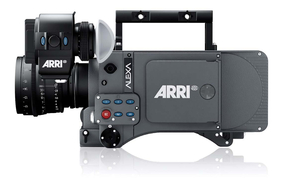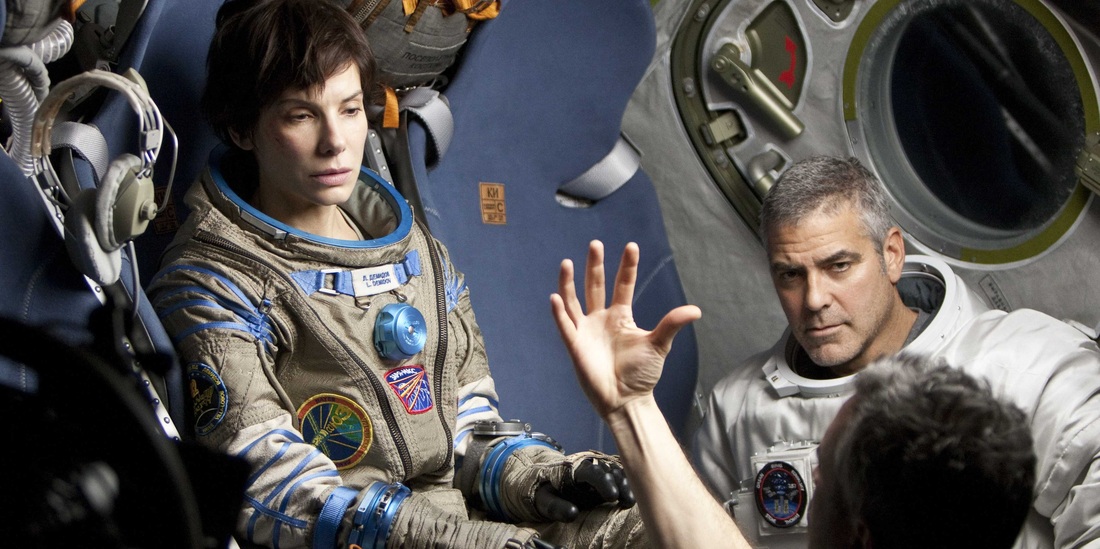 The Arri Alexa
The Arri Alexa I hope you found this article interesting and informative about some of the processes and technical machinery that filmmakers use by taking a behind-the-scenes look at the production of Gravity. Later I will continue this in looking at some other recent productions in order to give you a more complete view on how filmmakers create what you see on the screen. To get a closer look at some of the points I described above, watch the video below. Be sure to leave your comments on what you think about what I discussed in this article.


 RSS Feed
RSS Feed
